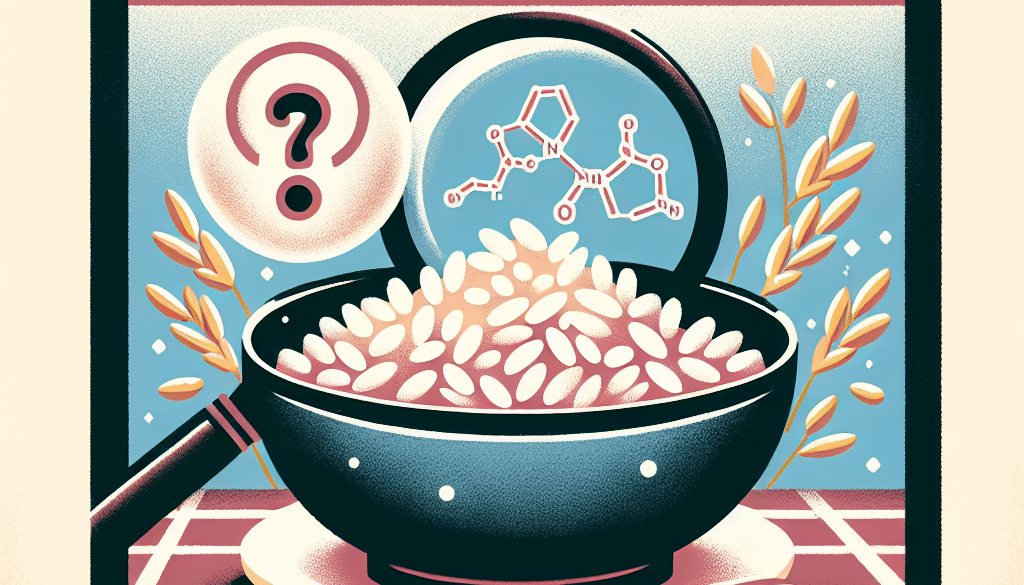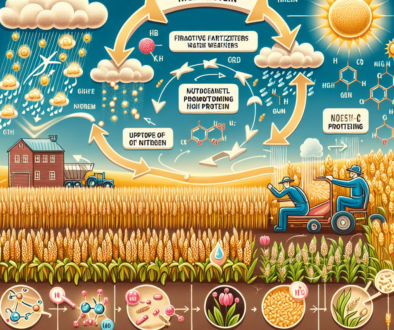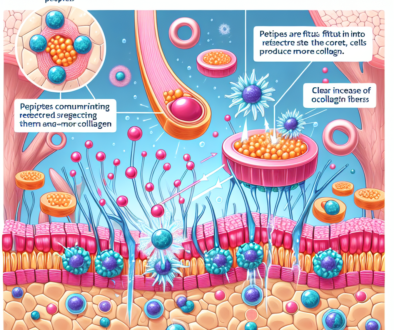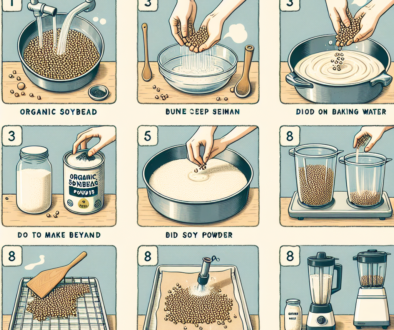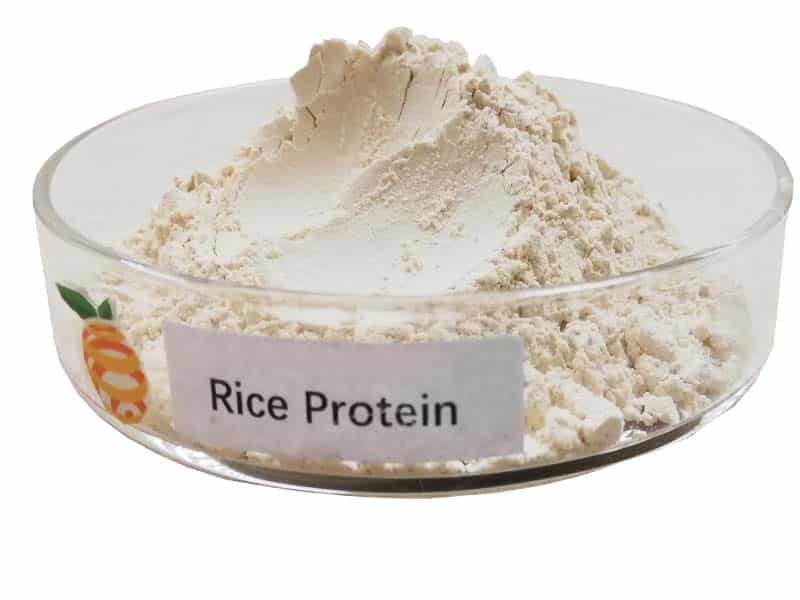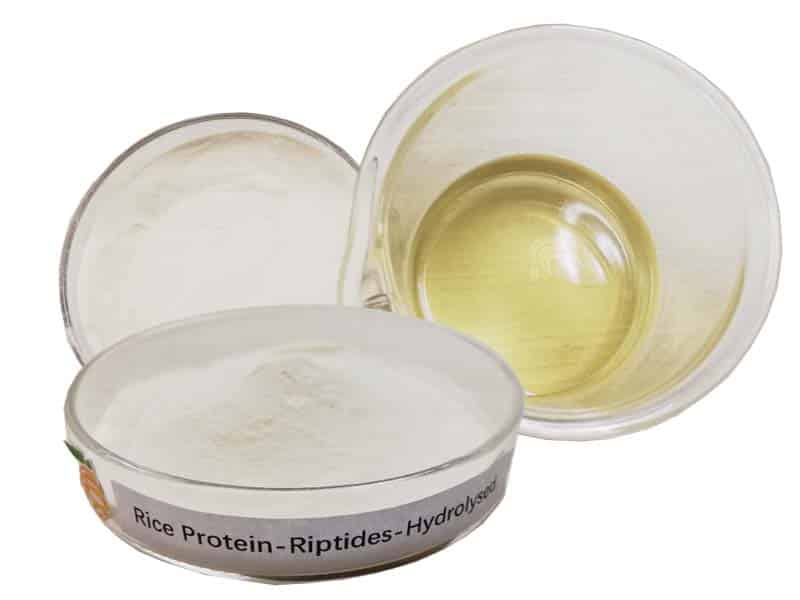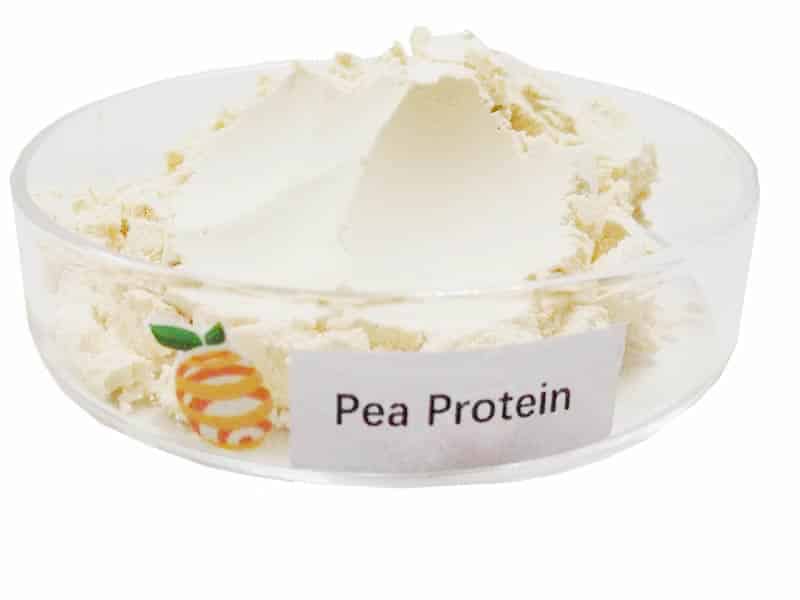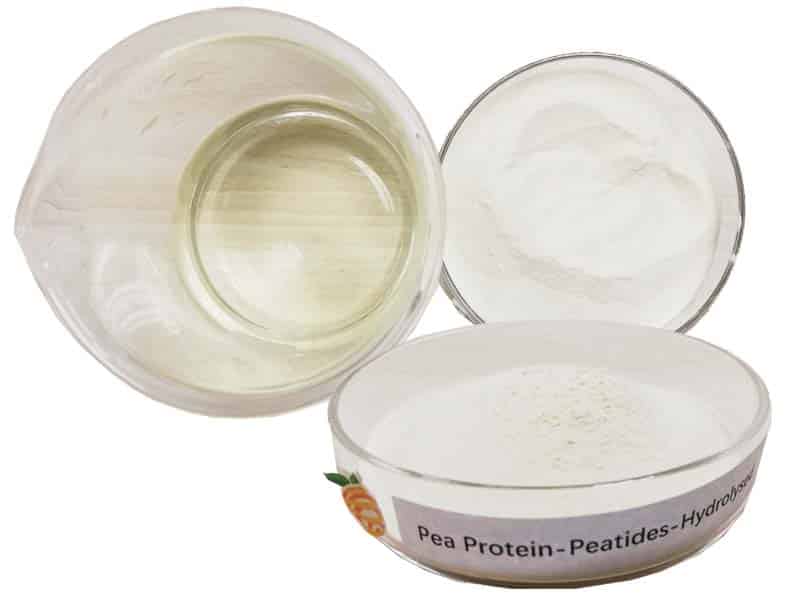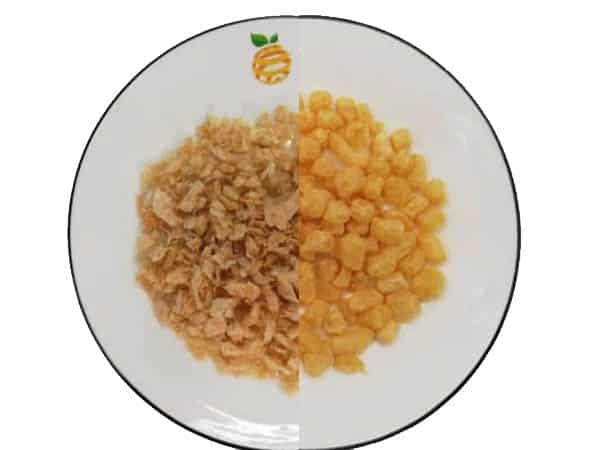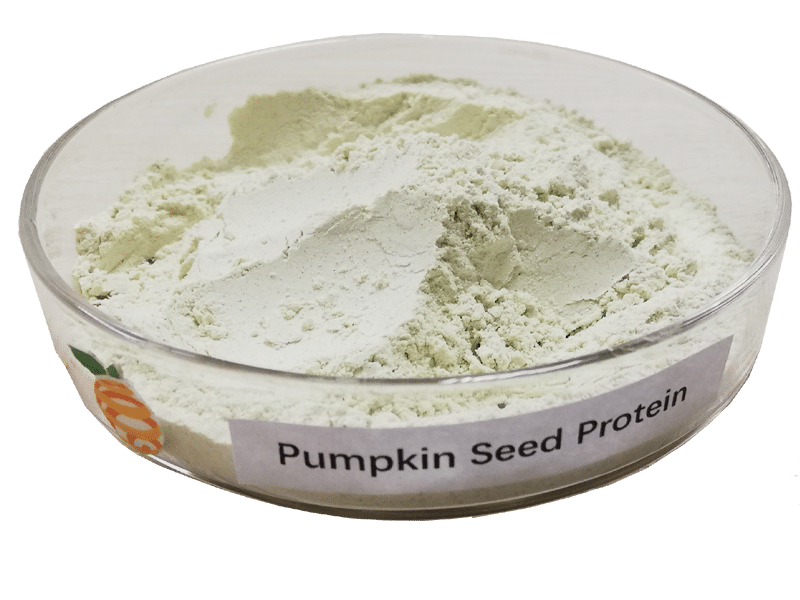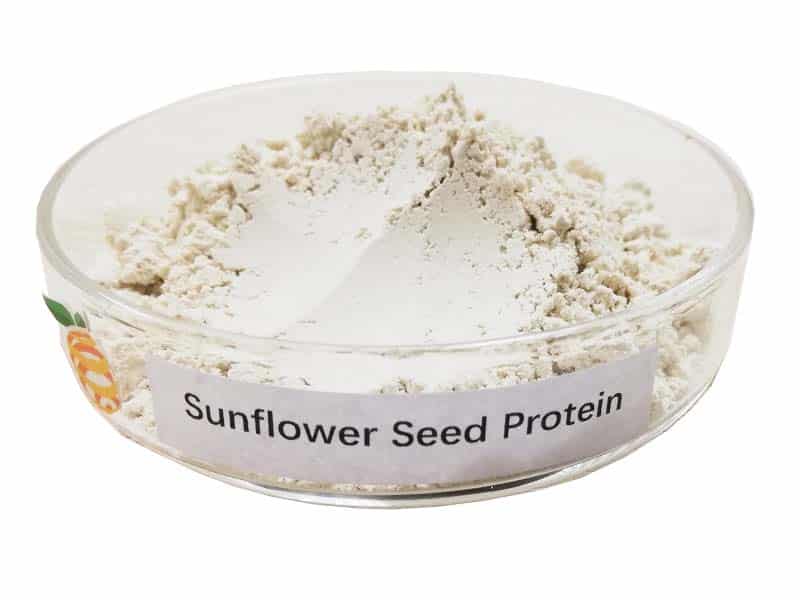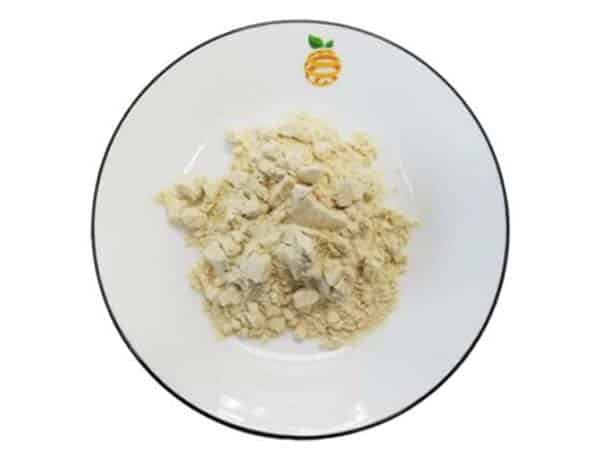Is Cooked Rice High In Protein?
-
Table of Contents
- Is Cooked Rice High in Protein? A Comprehensive Analysis
- Understanding the Nutritional Profile of Rice
- Types of Rice and Their Protein Content
- Protein Quality in Rice
- Comparing Rice Protein to Other Sources
- Role of Rice in a High-Protein Diet
- Strategies for Enhancing Protein Intake with Rice
- Case Studies and Statistics
- Conclusion: Is Cooked Rice High in Protein?
- Enhance Your Protein Intake with ETprotein Products
Is Cooked Rice High in Protein? A Comprehensive Analysis
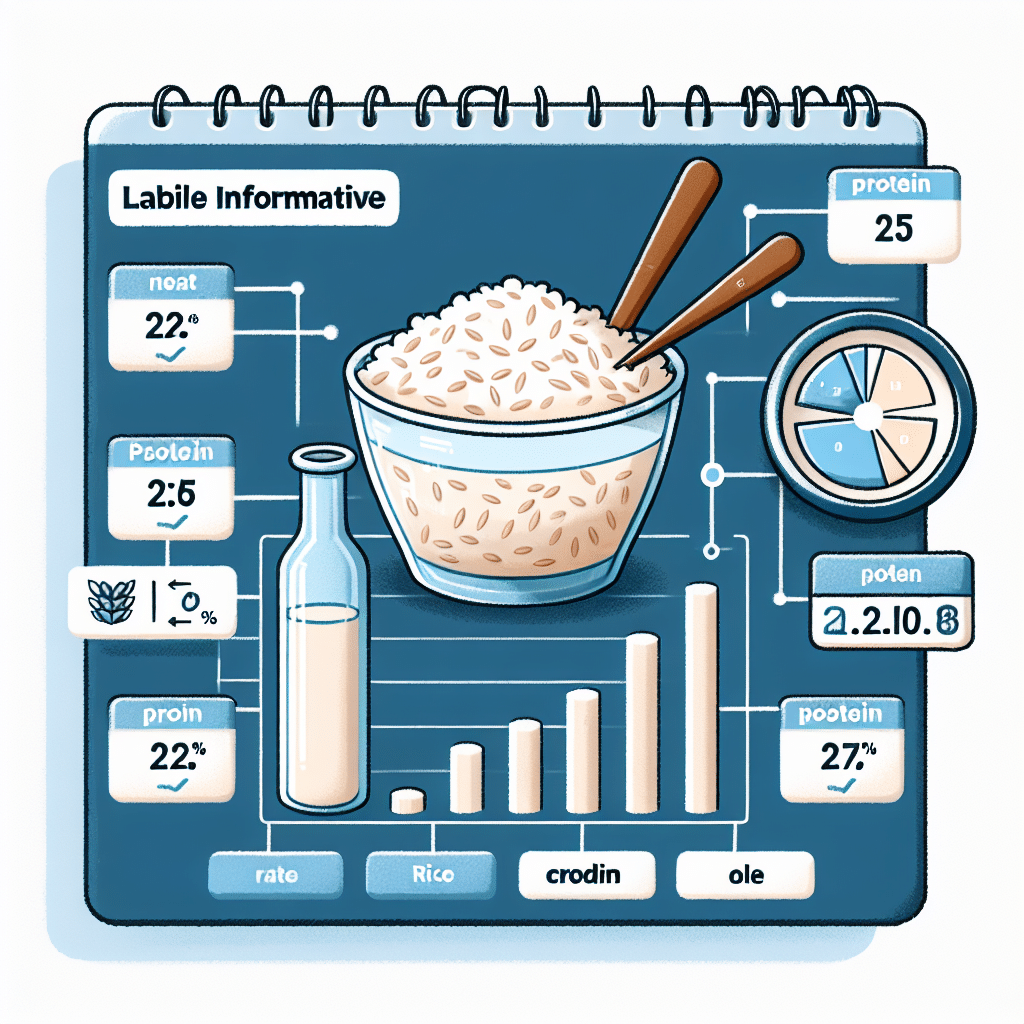
When it comes to dietary sources of protein, rice is often not the first food that comes to mind. Typically, we associate high protein content with foods like meat, dairy, legumes, and nuts. However, rice is a staple food for over half of the world’s population, and understanding its nutritional value, particularly its protein content, is essential for those who rely on it as a primary food source. In this article, we will delve into the protein content of cooked rice and explore its role in a balanced diet.
Understanding the Nutritional Profile of Rice
Rice is predominantly known for its carbohydrate content, which provides a quick source of energy. However, it also contains protein, albeit in smaller amounts compared to other food groups. The protein content in rice can vary depending on the type of rice and how it is prepared.
Types of Rice and Their Protein Content
- White Rice: White rice is the most commonly consumed type, but it has the least protein due to the removal of the bran and germ during processing.
- Brown Rice: Brown rice retains the bran and germ, making it a better source of protein, fiber, and nutrients compared to white rice.
- Wild Rice: Although not a true rice but a grass, wild rice boasts a higher protein content than both white and brown rice.
- Black Rice: Also known as forbidden rice, black rice has a similar protein content to brown rice and is rich in antioxidants.
On average, a cup of cooked white rice contains about 4-5 grams of protein, while the same amount of cooked brown rice provides around 5-6 grams. Wild rice, on the other hand, can offer up to 7 grams of protein per cup.
Protein Quality in Rice
While rice does contain protein, it’s important to consider the quality of this protein. Proteins are made up of amino acids, some of which are essential because the body cannot produce them on its own. A complete protein source contains all nine essential amino acids in sufficient amounts.
Rice protein is considered incomplete because it is low in certain essential amino acids, particularly lysine. However, when combined with other foods, such as beans, which are high in lysine, it can provide a complete protein profile. This is a common practice in many cultures that pair rice with legumes or other protein-rich foods.
Comparing Rice Protein to Other Sources
When compared to other protein sources, rice contains less protein per serving. For example:
- A 3-ounce serving of chicken breast contains about 26 grams of protein.
- A cup of cooked lentils provides about 18 grams of protein.
- A cup of quinoa, another popular grain, offers about 8 grams of protein.
These comparisons show that while rice does contribute to protein intake, it should not be relied upon as the sole or primary source of protein, especially for individuals with higher protein requirements.
Role of Rice in a High-Protein Diet
For those looking to increase their protein intake, rice can still play a role in a high-protein diet when used as part of a balanced meal plan. Including a variety of protein sources, such as lean meats, dairy, eggs, legumes, and nuts, along with rice, can ensure adequate protein consumption.
Strategies for Enhancing Protein Intake with Rice
- Mix rice with beans, lentils, or chickpeas to create a complete protein meal.
- Use rice as a base for stir-fries or salads that include high-protein toppings like chicken, tofu, or shrimp.
- Choose rice varieties with higher protein content, such as brown or wild rice, over white rice.
Case Studies and Statistics
Research has shown that in countries where rice is a dietary staple, such as in parts of Asia, the combination of rice with other protein sources is crucial for meeting nutritional needs. For example, the traditional Indian diet pairs rice with lentils or chickpeas in dishes like dal, providing a more complete amino acid profile.
Statistically, the average protein intake from rice alone is low. According to the Food and Agriculture Organization of the United Nations (FAO), rice provides only about 5% of the dietary protein worldwide. This underscores the importance of complementing rice with other protein-rich foods.
Conclusion: Is Cooked Rice High in Protein?
In conclusion, while cooked rice does contain protein, it is not considered a high-protein food. Its protein content is modest and lacks certain essential amino acids. However, when included as part of a diverse and balanced diet that incorporates various protein sources, rice can contribute to overall protein intake. It is important for individuals who rely heavily on rice as a staple to pair it with other protein-rich foods to ensure a nutritionally adequate diet.
Enhance Your Protein Intake with ETprotein Products
If you’re looking to boost your protein consumption, ETprotein offers a range of high-quality protein products that can complement your dietary needs. Their organic rice protein is an excellent choice for those seeking a plant-based protein option. Additionally, ETprotein’s extensive selection of vegan proteins, including pea, watermelon seed, and pumpkin seed proteins, provides versatile solutions for enhancing your meals and snacks with additional protein.
For more information on how ETprotein can help you meet your protein requirements with their organic and allergen-free products, please contact them at sales(at)ETprotein.com.
About ETprotein:
ETprotein, a reputable protein and L-(+)-Ergothioneine (EGT) Chinese factory manufacturer and supplier, is renowned for producing, stocking, exporting, and delivering the highest quality organic bulk vegan proteins and L-(+)-Ergothioneine. They include Organic rice protein, clear rice protein, pea protein, clear pea protein, watermelon seed protein, pumpkin seed protein, sunflower seed protein, mung bean protein, peanut protein, and L-(+)-Ergothioneine EGT Pharmaceutical grade, L-(+)-Ergothioneine EGT food grade, L-(+)-Ergothioneine EGT cosmetic grade, L-(+)-Ergothioneine EGT reference grade and L-(+)-Ergothioneine EGT standard. Their offerings, characterized by a neutral taste, non-GMO, allergen-free attributes, with L-(+)-Ergothioneine purity over 98%, 99%, cater to a diverse range of industries. They serve nutraceutical, pharmaceutical, cosmeceutical, veterinary, as well as food and beverage finished product distributors, traders, and manufacturers across Europe, USA, Canada, Australia, Thailand, Japan, Korea, Brazil, and Chile, among others.
ETprotein specialization includes exporting and delivering tailor-made protein powder and finished nutritional supplements. Their extensive product range covers sectors like Food and Beverage, Sports Nutrition, Weight Management, Dietary Supplements, Health and Wellness Products, and Infant Formula, ensuring comprehensive solutions to meet all your protein needs.
As a trusted company by leading global food and beverage brands and Fortune 500 companies, ETprotein reinforces China’s reputation in the global arena. For more information or to sample their products, please contact them and email sales(at)ETprotein.com today.

